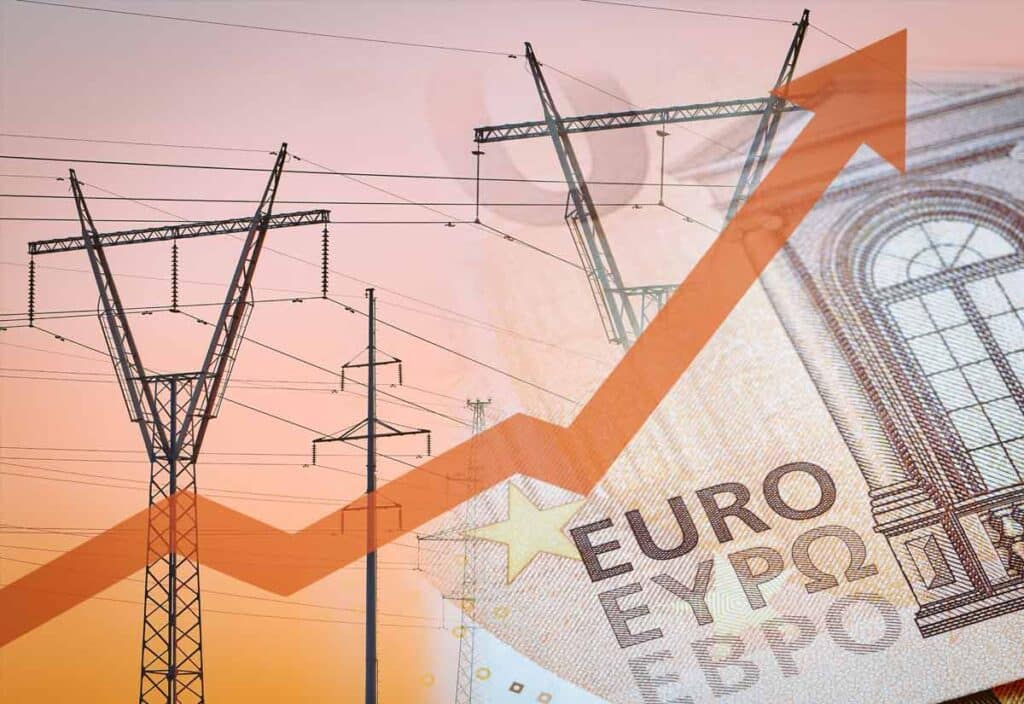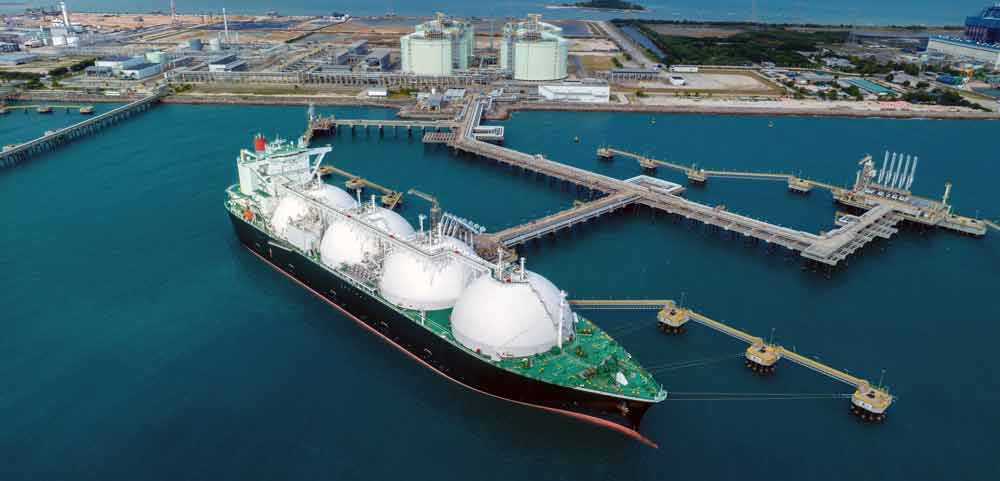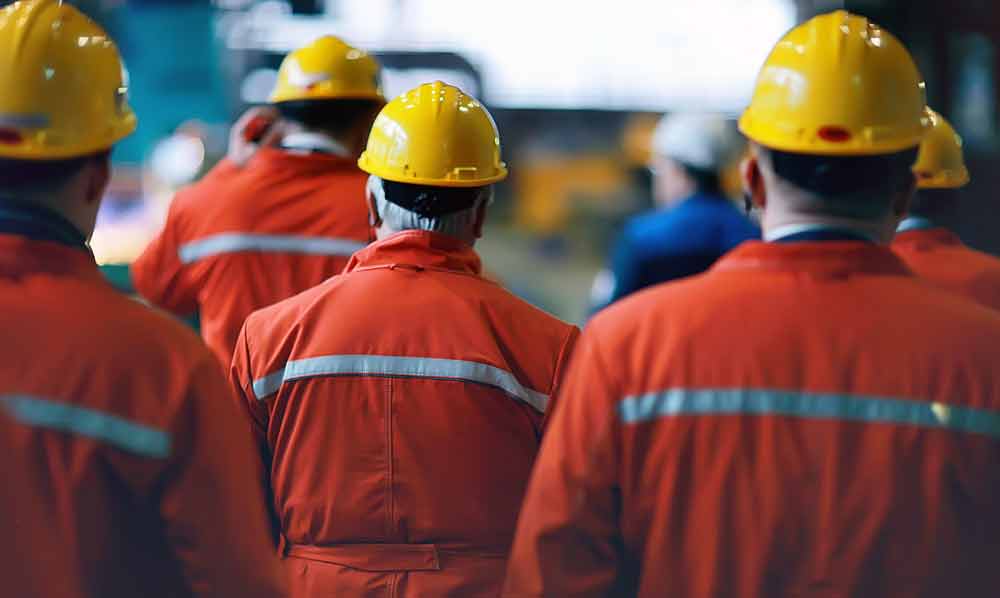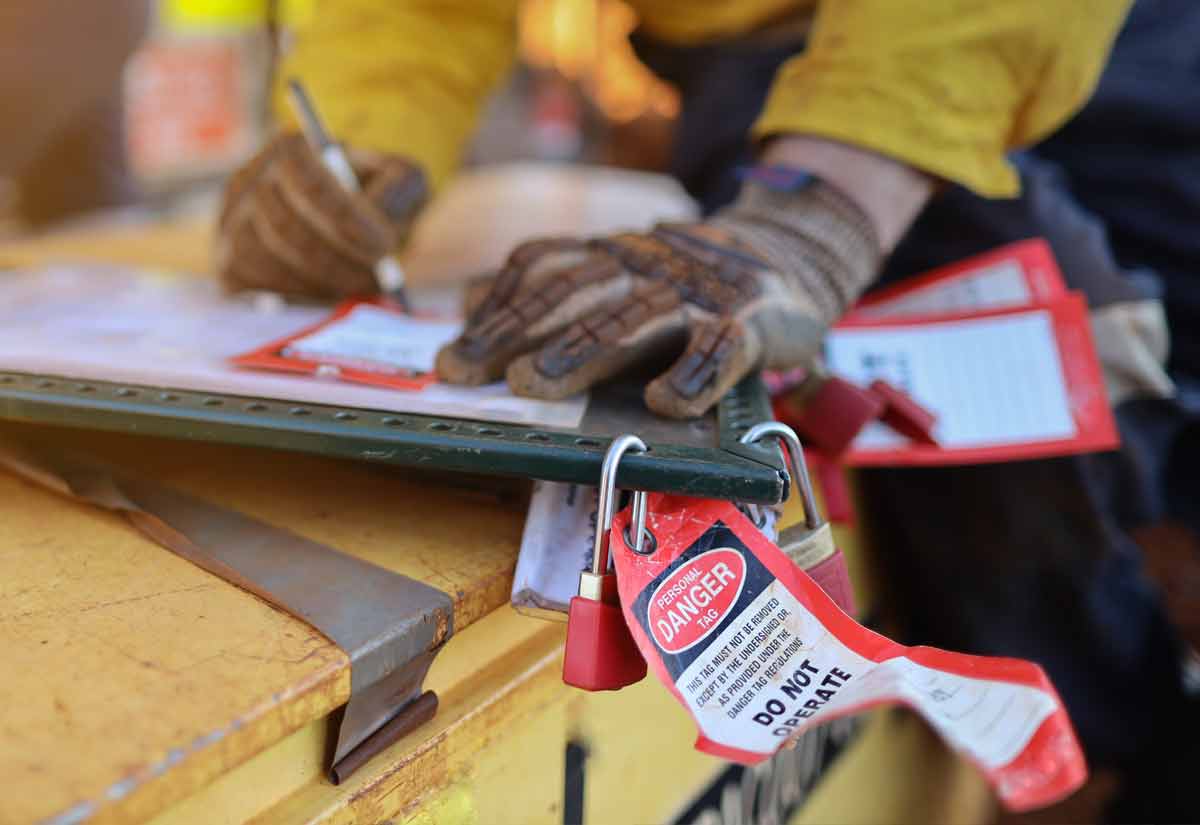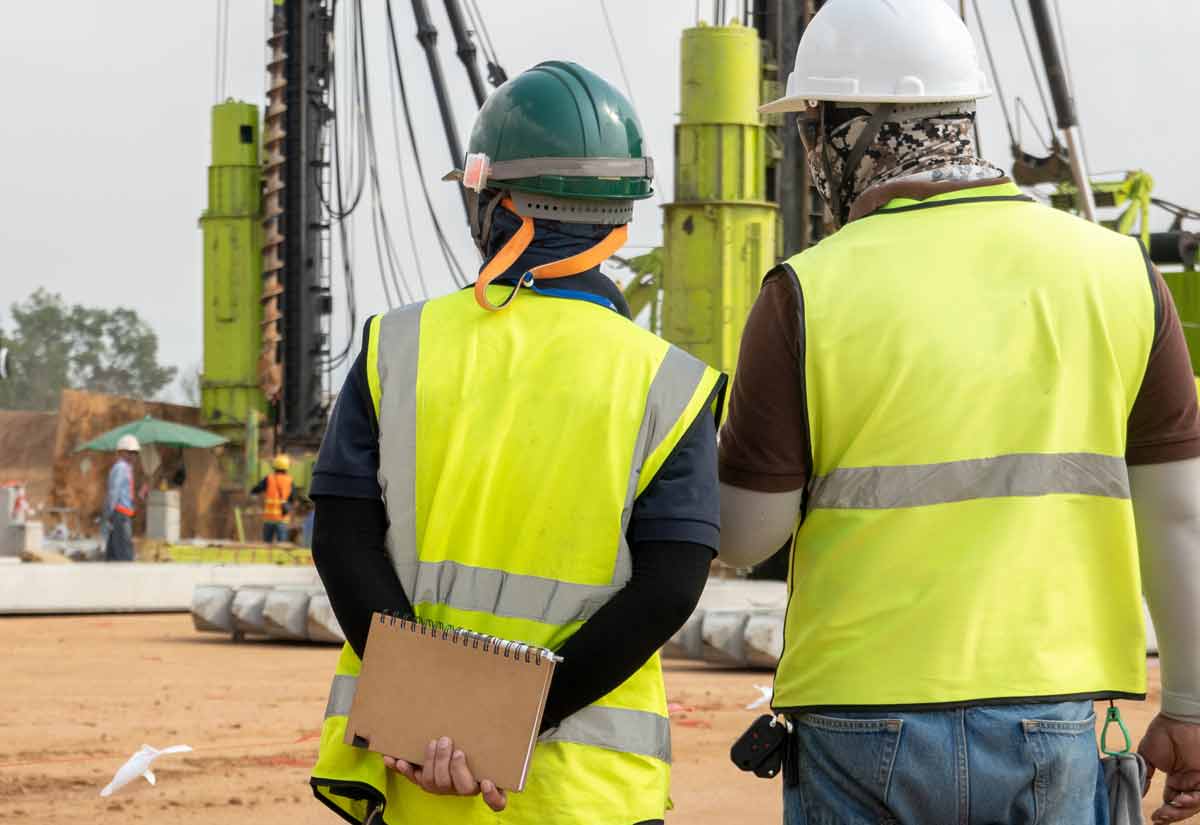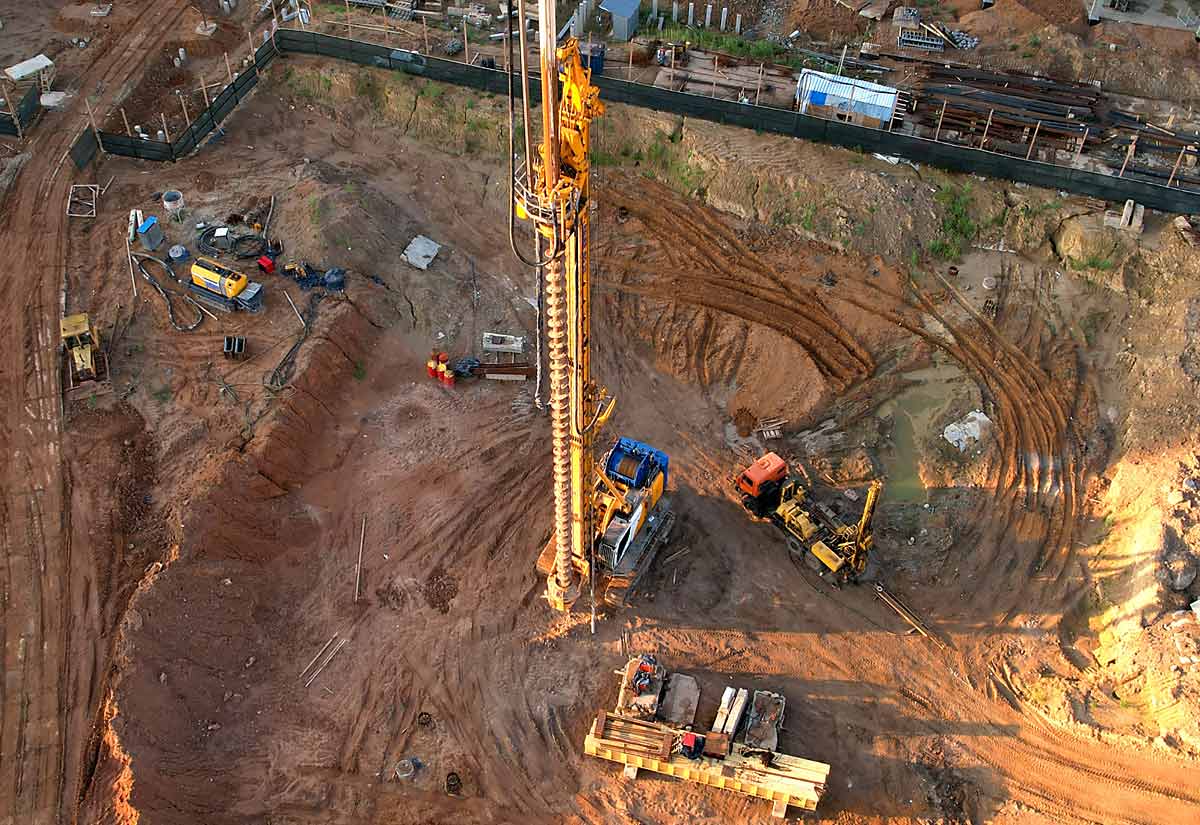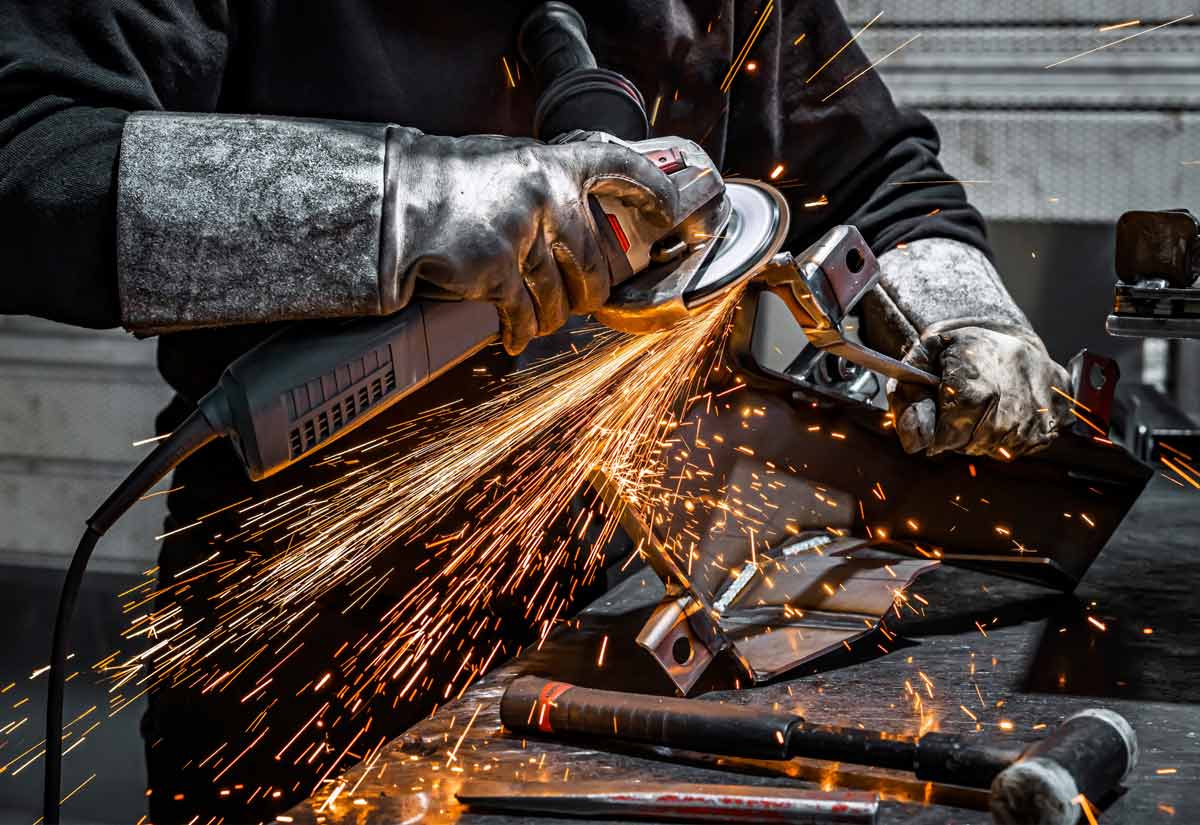“More and more European companies are planning to expand their production in U.S. facilities or relocate their manufacturing to the U.S., especially for products requiring energy-intensive production.” – Industrytoday.com
In the industrial world, events are on the move in the summer of 2023. As Elon Musk’s prolific X marks the spot where Twitter used to be, let’s hope that the billionaire engineer’s social media hobby can now take a back seat to more important “X” priorities; such as SpaceX, Mars, the Moon, and Musk’s promised Tesla mega-mines to supply the US demand for critical industrial minerals. That particular essential mining project has been in the works for years now as we reported back in 2020.
Deflation in China this summer is triggering concerns about economic stagnation and global supply chain reliability, as the world’s Number Two economy is falling further behind. And once again we see the inevitable consequences of the senseless “zero-tolerance” Covid-phobic state shutdown policies that nobody with the ability to calculate supply and demand can claim were unforeseen, both in China and Europe.
Europe’s Self-inflicted Manufacturing Crisis
Red China isn’t the only nation struggling under the green thumb of “sustainability” and the dark economic karma of alarmist covid-phobia. Now Europe is paying the price for the premature “green transition”, and for propping up a shady Ukrainian government literally headed by a former TV clown.
That’s a policy that imperiled the essential natural gas supply provided by Russia, and of course Putin was quick to say “No gas for you”, as the EU meddles in what should be a national civil matter among the historically, continuously, squabbling Slavic sectors of the former Soviet Union.
Uber- high energy costs driven by the political elite’s rejection of fossil fuels in favor of unreliable “green alternatives”, and a false sense of urgency inherent in both agendas are driving European manufacturing to friendlier, if not much greener, US shores.
The question now is whether or not the US can field an available and qualified workforce in an already stressed technically skilled and professional management human resources market? This as Europe’s manufacturers seek asylum from their own governments’ self-inflicted energy and supply chain crises.
Record-Setting Energy Price Spikes in Europe Since 2021
Climate change, formerly known by the traditional terms “summer and winter”, is always the first scapegoat in line to be blamed for European energy woes. The resource strapped EU imports most of its energy so the rise in import prices from the second quarter of 2021 drove the upward spikes in Europe’s producer and consumer prices that they are experiencing in 2023.
Along with summer heat waves, energy-stressed Europe experienced droughts, much like uber-green gone brown California, where premature over-reliance on “sustainable” hydropower proves to be anything but sustainable under the fickle whims of the world’s weather.
Between December 2020 and December 2021, the import price for energy in the Euro area more than doubled. This price spike was somehow surprising to the ignorant green elite if not inevitable to the informed energy experts who can actually crunch the demand numbers.
Global energy import prices, while always potentially volatile, do not generally change by more than around 30% over the course of a single year. The double trouble of draconian covid shutdowns and the ubiquitous demonizing of “greenhouse” (not to mention Russia-derived) gasses combined with hefty corporate incentives from the US Inflation Reduction Act are rolling out an inviting welcome carpet for European investment in US-based operations.
But the affordable energy pipeline isn’t the only choke point facing European industry once they make the move to US soil.
Challenge #1 For European Manufacturers is Recruiting the US Workforce
How steep is the industrial migration wave from Europe? According to GABO, (German American Business Outlook), the US is attractive to European companies due to size, customers, and stability.
An astounding 93% of German businesses plan to increase US investments over the next 3 years, with 22% of those planning to invest a significant $10 million USD by 2025. 72% are investing now, in 2023. On the flip side though, 78% responded to the GABO survey claiming difficulty in “building a sustainable workforce pipeline”.
With 5,600 German companies accounting for an estimated $637 billion in investment (Representative of German Industry and Trade, September 2022), the call is out for US government support to build that essential human resource pipeline that ensures a profitable Return on Investment. Here’s what German business lobbyists are seeking from the next US Congressional cycle.
The GABO Workforce Wish List for US Government Support
- Bring inflation under control
- Reduce bureaucratic regulations
- Address obstructive immigration hurdles
- Prioritize free trade agreements with Europe
- Prioritize support for apprenticeship programs to alleviate the skilled workforce gap
Site Selection and the Available US Workforce
The workforce issue is one that must be resolved by European manufacturers operating in the U.S. or seeking to relocate to the U.S., with high hopes for cooperation from U.S. federal, state and local governments.
European companies should analyze the US labor market by region to discern the availability of workers with the required essential skills necessary to achieve present and future production benchmarks.
Determining an amenable location with the qualified available labor pool, and remaining competitive in attracting and retaining talent is the challenge, and it certainly is a crucial consideration during the US site selection process.
Optimism from German companies operating across the US varies by geographical region, according to industry respondents to the GABO study. Companies with operations in the Midwest have the highest expectations for increasing their workforce in 2023. The Midwest zone was also the most optimistic for profit projections after tax expectations.
Companies in the Southeast are set to increase their workforces with a longer term benchmark, achieving their human resource goals by 2027. German operations in the Northeast US are expecting considerable sales volume growth in 2023.
The Southeast is less optimistic when it comes to expectations for US economic growth in the future, while the West and Midwest are the most optimistic. German companies quartered in the Northeast expect to invest the most in the next three years.
Resource Erectors and the US Workforce Pipeline
When it’s time to recruit and build your company’s sustainable workforce pipeline it’s time for Resource Erectors. Even prior to the 2023 European industrial migration to the US, securing essential professional talent for heavy industry in a tight labor market is a challenge we’ve been meeting for decades. Our industry-leading US clients rely on us to fill essential vacancies with lucrative 6-figure industrial job opportunities all across the US.
With longstanding connections to the top qualified professionals in mining, quarrying, energy, civil construction, industrial minerals, bulk materials, aggregates, concrete, engineering, sales, safety, and more, look to Resource Erectors when it’s time to make your move in heavy industry, and don’t hesitate to contact us today so we can all get to work.
